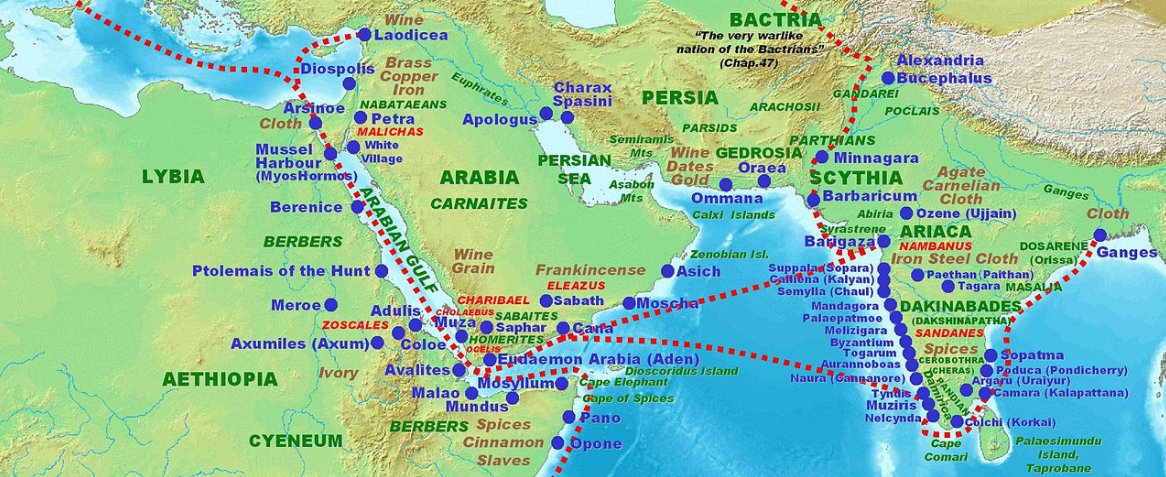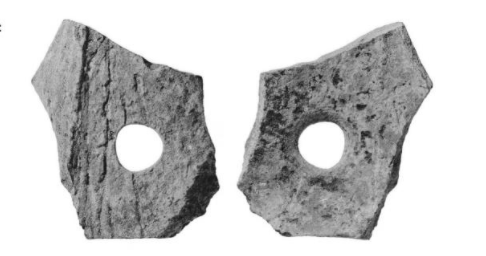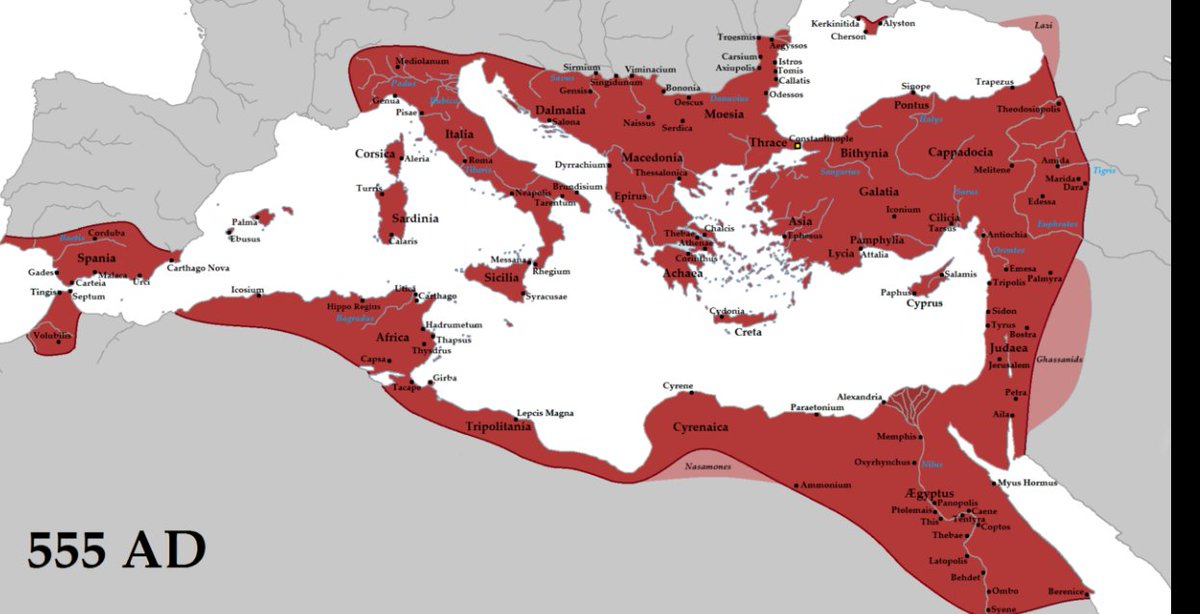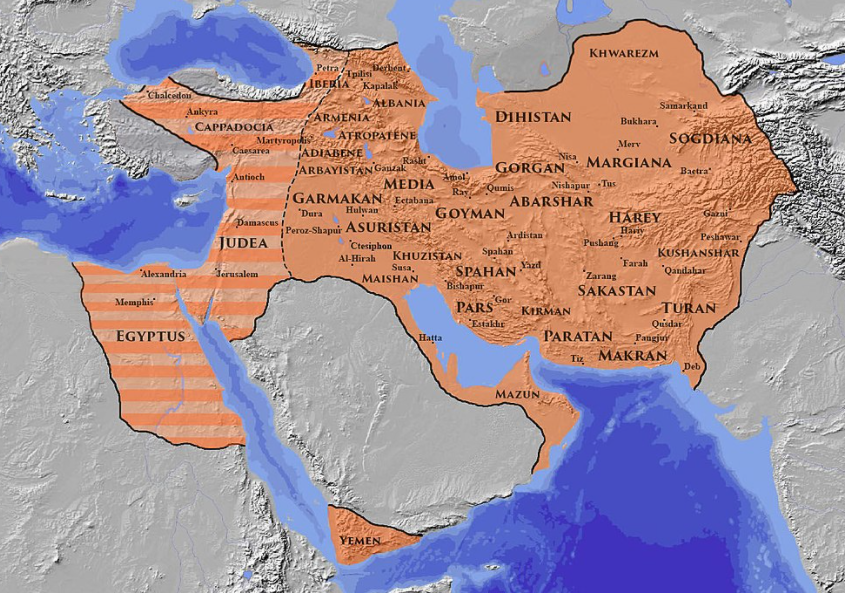Oyez oyez cocofaaaaaans! We& #39;re BACK with more  https://abs.twimg.com/emoji/v2/... draggable="false" alt="🥥" title="Kokosnuss" aria-label="Emoji: Kokosnuss"> history today. Yesterday we blazed through coconuts& #39; spread around the globe, and today we& #39;ll consider Roman (and Byzantine. AND SASANIAN) coconuts!
https://abs.twimg.com/emoji/v2/... draggable="false" alt="🥥" title="Kokosnuss" aria-label="Emoji: Kokosnuss"> history today. Yesterday we blazed through coconuts& #39; spread around the globe, and today we& #39;ll consider Roman (and Byzantine. AND SASANIAN) coconuts!
So buckle up, we& #39;re heading west from Persia. #cocotwistory #Twittistorian
So buckle up, we& #39;re heading west from Persia. #cocotwistory #Twittistorian
Remember how coconuts made it west across the Indian Ocean pretty early? This is partly because Rome was deeply networked, both earlier as a republic, and later as an empire. Roman trade with the subcontinent became more direct and regular by the second century.
See that port on the Red Sea marked & #39;Berenice?& #39; Archaeological finds from 2nd-century Berenice furnish us physical evidence of coconuts in Roman Egypt. They didn& #39;t grow in Egypt. They didn& #39;t yet grow in Africa. They were Indian coconuts in the Roman empire.
The only finds have been shell fragments, and mostly simply broken up. Only a few have been worked, as we see here, suggesting that the shells were used. Most seem to have simply been discarded, not even burned as fuel.
What did the Roman Egyptians do with their coconuts?
What did the Roman Egyptians do with their coconuts?
The Romans didn& #39;t write about their coconuts (though plenty of people have tried to connect Roman botanical writing to coconuts, their findings are more hopeful than factual).
Probably they ate them & used them as medicine, but we can& #39;t know for sure.
Probably they ate them & used them as medicine, but we can& #39;t know for sure.
We don& #39;t get clear written documentation about coconuts until after the Roman empire split up. But then we get it from two different directions that help us understand coconuts as a part of the earlier Roman world: the Byzantine Empire and the Sasanian Empire.

 Read on Twitter
Read on Twitter







